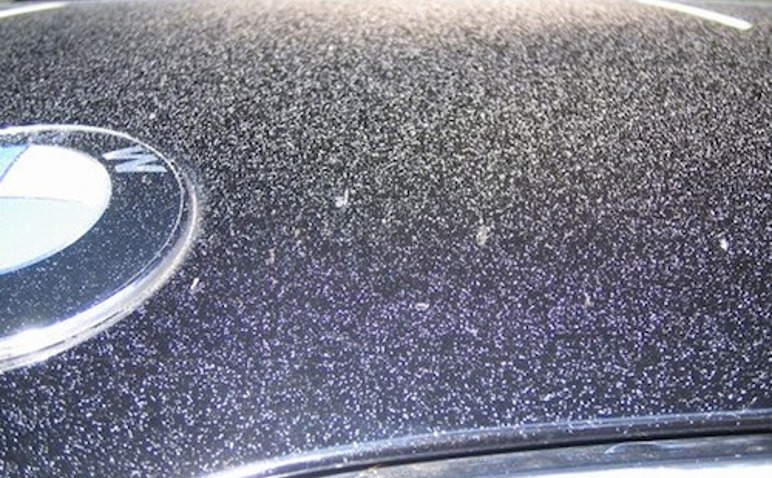
Over Spray On Your Vehicle
f you notice you have overspray on your car you can remove this by using a clay bar, if you have paint overspray on your car you need to find out if the paint is water based or solvent based. You can still use the clay bar if its water based but if its solvent based then you may need to use a general purpose thinner. You can use the clay bar on the paint work and windows but not the rubbers or plastic.
Removing Over Spray
Over spray most commonly occurs when part of a car has been repainted but the rest of it had not been sufficiently masked off and protected. Small speckles of paint or a fine mist will settle on the original paintwork, dry and bond onto the surface. This can also occur if a car has been in close proximity yet unprotected, to another being painted. Car paint over spray is the most common, but there are other kinds that can come from house painting, shed or fence treatments and other dyes and coatings.
As unsightly and severe as over spray contamination can look it can usually be successfully removed without compromising the original paintwork underneath. The safest and most effective method of removing over spray, provided it is undertaken correctly is to clay the affected area. Claying was originally invented as a solution to remove vehicle over spray, and it has been so successful that it is now used to remove all kinds of different surface contaminants.
Begin by using a fine clay and work up through the grades if necessary. Over spray can often require a fairly heavy or aggressive clay but it is not always necessary so try a softer fine grade clay first. It is very important to ensure that the car, or at least the affected area has been washed first to ensure that the surface is thoroughly clean. You must also ensure that you use plenty of detailing spray or designated clay lube to allow the clay to glide freely over the surface and prevent it from inflicting any damage.
When claying, you should be able to feel the clay drag a little when you move it across an affected area, this is where you should gently but consistently work back and fourth over the area until the over spray is removed. The clay should be folded and re moulded to reveal a fresh contaminant free surface before moving onto a new section. Once clayed, the area should be rewashed or re rinsed and dried to remove any residue. You should then polish the area with a suitable product to ensure that it is restored back to a high standard.
This will also help to remove any marring from the surface that can unfortunately occur when using a heavy aggressive clay – even if plenty of lubrication is used. A high quality all in one polish product would be ideal for this in most instances. This is a great example of why your car should regularly be cleaned, polished and protected. If over spray was to contaminate a well polished and protected car it would be far easier and safer to remove than from a car that has not been cared for because the contaminants will be sitting on the layer of protection that has been applied, instead of bonding directly to the paintwork itself.
